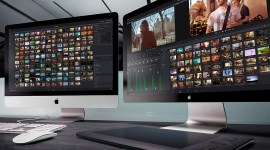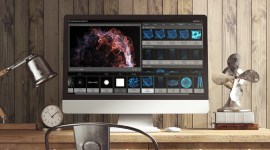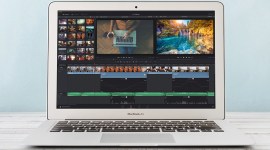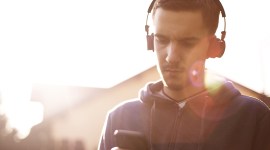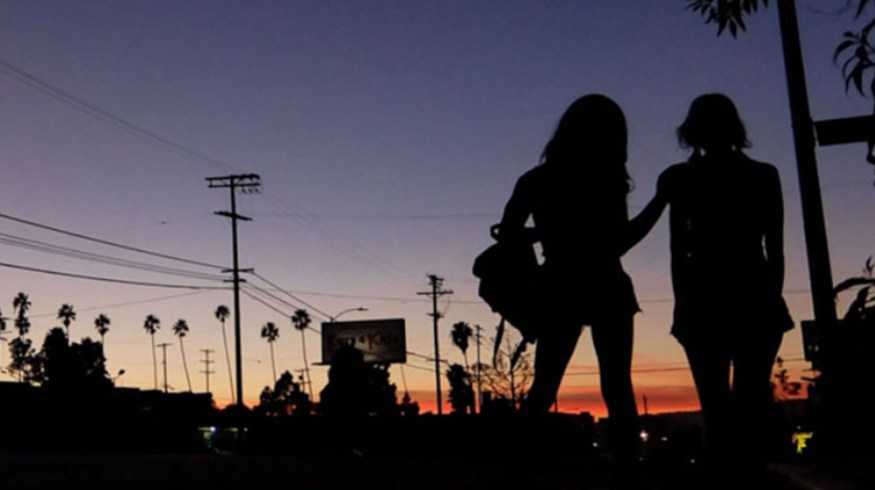
Should You Make a Feature Film on a Phone?
You can shoot a feature film on a smart phone. It’s already been successfully done quite a few times. But is it a good idea?
The question isn’t can you, it’s why would you? Or, more specifically, what are the compelling reasons to chose the camera on a phone over a device that is simply a camera? While there are compelling reasons for shooting something as ambitious as a feature film project on a smart phone, doing it for the sake of saying, “this was shot on a smart phone” is not one of them.
An audience does not care what you use to shoot your movie. It’s confusing, because almost universally, that is one of the first questions you’re asked at the post-screening Q&A at every festival. The first question at every festival screening is always “what was this shot on?” That’s not a question about your film, it’s a camera advice question from another filmmaker trying to decide what camera to buy.
Take a look at the trailers for these two films. First up is Olive from 2011:
This was shot on an Nokia N8. The second, Tangerine, is a breakout Sundance feature from this year (warning, this trailer isn’t safe for work):
This was shot with a few iPhone 5 units.
I’m not going to debate the merits of the either film. Check them out and decide for yourself. Both films stand on their own in terms of story and execution, and both have more than acceptable image quality. Which phone is better is irrelevant.
To me, the critical choice here is the same choice you make in selecting any camera package to shoot a project — is it the right camera for the particular job? If you’re making a movie with a smart phone, are you making the kind of movie that benefits from the form factor and feature set of the unit?
Take a look at the two trailers again. In Olive, every shot is the standard kind of shot you’d have in a locked down, single camera indie film production: a mix of interiors and exteriors; wide establishing shots; mediums and close ups on characters; even a drone-cam aerial shot following a motorcycle on a highway.
It is a well-lensed, standard cinematic shot list. You can almost see the storyboards they were working off of. In terms of image quality, you really have to look to see the tell-tale evidence that it was shot on a phone — artifacting, auto-iris changes, blown highlights.

In Tangerine, it’s the exact opposite: the camera work is kinetic, mostly exteriors, shot on public transit, on the street, characters are constantly moving. In terms of image quality, no one is hiding the fact that this was shot on a phone. Highlights are blown out and there is blocky noise in the shadows.
In terms of cost and gear, while Olive was shot on a Nokia N8, it had a customized lens adapter attached that allowed the filmmakers to work with a set of 35mm prime lenses, which means a truck load of grip gear and techs to keep everything working. The film cost close to half-a-million dollars for production and post.
Tangerine was shot with three iPhone 5 units equipped with Moondog Lab’s snap-on anamorphic lens.

Olive clearly had permits, while Tangerine looks like it barely asked for permission. Both of these strategies have their strengths and weaknesses, but in the end, the single biggest argument in favor of a shooting a film on a phone is the anonymity and stealth the strategy affords you.
The moment you give that up and start encumbering your production with something as obvious as a crew, then you have to start asking yourself the question, “why do this with a phone?”
New State of the Art Tech
In 2015, a phone isn’t just a phone. Top-end smart phones shoot crisp 4K, offer multiple high frame rates, and produce amazing image quality. And in 2015, the camera on the phone is more than just a camera, it’s a complete platform — highly extendable with apps that allow for a tremendous amount of image control. From a budget standpoint, chances are you already own the phone, so you have a really amazing camera with you already.
While the lenses on smart phones have gotten better and faster, they are still largely a wide fixed focus lens. Changing the frame either means scaling an image (easier now that 4K is an option, allowing a filmmaker to “punch in” rather than scale), or it means some kind of external lens adapter and a kit of photographic lenses. Or it means deciding to shoot a film with a single focal length, which results in moving the camera constantly.
This is where you need to be asking that question of “what is the right tool for the job?”
This is a New Wave

Image from Vague Visages
In the late 1960’s, with the advent of portable, handheld 16mm film cameras and sync sound, an entire new language of cinema was born. This was the French New Wave and the rise of cinéma vérité. Filmmakers suddenly had the ability to move their cameras and actors around in the real, everyday world and freed filmmaking from the technical considerations of shooting on stages with boat-heavy gear.
Had the filmmakers of that generation attached all the apparatus of the dominant filmmaking methods of the time to their 16mm cameras, cinematic history would have played out very differently. Of course, you can’t reinvent the wheel… there are style choices and techniques that will be borrowed from the previous generation of filmmaking and film technology.
This is a question to ask anyone who has decided to shoot with not just a camera phone, but any kind of camera that requires a lot of external kit before the camera is ready to use. Why not just use a camera that works for the project, rather than forcing a particular camera to fit the goal of the project?
In the case of Tangerine, the filmmakers struck a nice balance with the Moondog Labs adapter. It didn’t change the focal length or make the DoF any shallower. It just gave the filmmaker access to a different aspect ratio without losing pixels. The adapter also added the nice artifact of asymetrical lens flares and streaks that reference a particular era of filmmaking in Hollywood. These could have been added in post, but the result of doing it in camera seems more organic and saves time in post.
Is the Future More Than Cameras vs. Camera Phones?

Image from Shutterstock
New technology, particularly new filmmaking technology, offers the two-fold promise of removing limitations while expanding capability. A high-resolution camera that is also a constantly connected platform, perpetually updating functionality, is clearly the future of image making. Right now those innovations are found on phones. How long will it be before camera manufacturers realize that some of those features would sell their devices as well?
Working with limitations? Interested in experimenting with new approaches to filmmaking? Do you have a more DIY attitude toward shooting? These articles will appeal to you!
- 5 DIY Lighting Tips For Filmmakers on a Budget
- 5 DIY Filmmaking Tutorials
- Filmmaking Tip – Shooting Night Exteriors on a Budget
Got any experience shooting on your smart phone? Is it an execution worth exploring? Share your opinions in the comments below!


